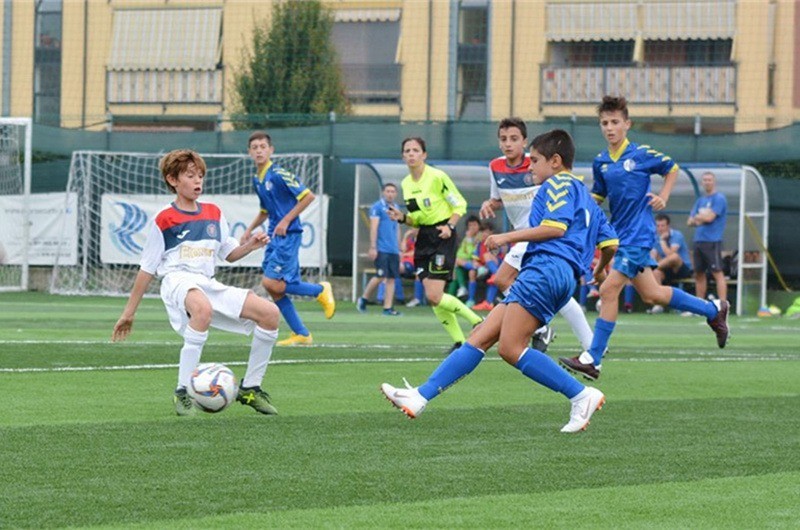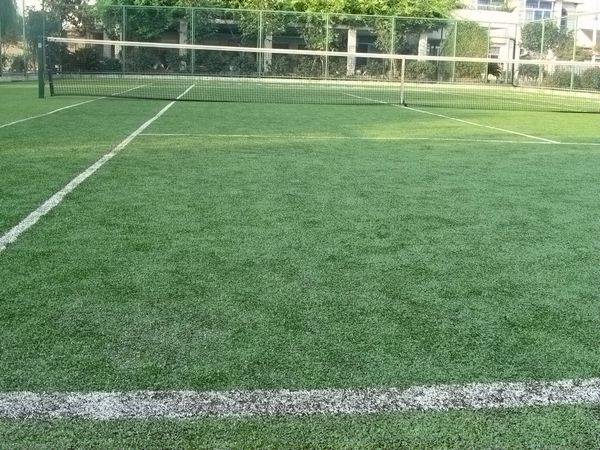Tennis is a globally popular sport enjoyed by players from around the world. Like other major league sports, tennis courts offer various playing surfaces, including clay, hard, carpet, and grass. While natural grass courts were once prevalent, many tennis clubs now opt for artificial grass surfaces due to their numerous advantages. In this article, we will explore why installing artificial grass for tennis courts is a preferred choice over natural grass and clay.
Low Maintenance:
Artificial grass tennis courts require minimal maintenance compared to natural grass. Owners only need to periodically brush the surface to clear debris and keep the turf blades upright. In contrast, natural grass courts demand regular mowing, watering, and fertilization, which are time-consuming and labor-intensive tasks.
Durability and Longevity:
Tennis artificial grass is highly durable and can last for 7 to 10 years on average. It remains unaffected by monsoons or droughts, making it more resilient than natural turf. With the ability to endure heavy footfall while maintaining its lush green appearance, artificial grass courts minimize the chances of match cancellations or postponements.
Cost-Effectiveness:
Opting for artificial grass tennis courts proves cost-effective in the long run. The low maintenance requirements and extended lifespan of these turfs result in significant savings for court owners. Although installation costs are incurred initially, they are compensated through the turf’s longevity.
Comparable Performance to Hard Courts:
Tennis artificial grass mimics the characteristics of hard courts, offering similar performance benefits. The surface provides excellent ball bounce and grip, allowing for enhanced gameplay. With a variety of tennis artificial grass options available to suit specific needs, it serves as a perfect substitute for traditional hard courts.
Safety for Players:
Artificial grass tennis courts feature effective drainage systems that quickly absorb moisture during rain or dew. This prevents the surface from becoming slippery, reducing the risk of player injuries due to falls. Moreover, the soft grass blades further enhance safety for players.
All-Weather Versatility:
Unlike natural grass, artificial grass has superior water-draining capabilities and dries quickly. It does not retain water after rainfall, enabling players to resume their game promptly. Whether it’s morning dew or extended periods of rain, tennis can be enjoyed year-round without concerns about poor weather conditions.
Accessibility for All:
One of the remarkable advantages of tennis artificial grass is its accessibility to a wide range of users, not just professional athletes. This inclusive feature makes it a suitable choice for players of all skill levels.
Shoe Upkeep:
Playing on artificial grass eliminates concerns about dirty shoes or grass stains. The soil-free surface ensures that tennis shoes remain cleaner, promoting their longevity and enabling players to accumulate more playing hours.
Conclusion:
Installing artificial grass for tennis courts offers numerous benefits over natural grass and clay surfaces. The low maintenance requirements, durability, cost-effectiveness, comparable performance to hard courts, safety features, all-weather versatility, accessibility, and shoe upkeep advantages make it an excellent choice for tennis enthusiasts and club owners alike. Consider artificial grass for your tennis court to enjoy enhanced playing conditions and extended longevity.




